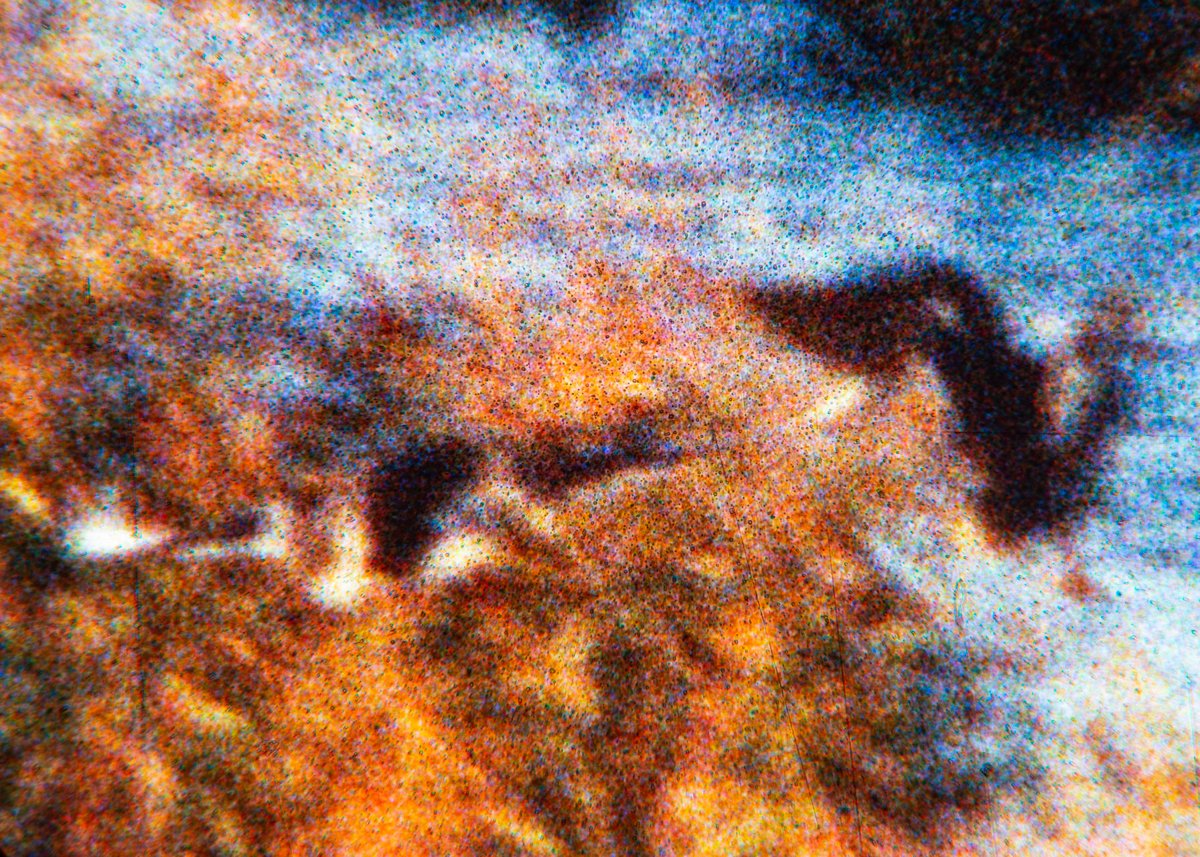Mark Lanning Jr.
The Flight of the Wild Duck | The story behind the flight of the wild duck has its earliest origin, for me, back in April 2017. My extended family was gathered at the home of my maternal grandparents, Carol and Jim. Jim was very near death, and I brought my wife and kids to their home for what we expected would be, and was, our last visit to him. After we said our goodbyes, we left the room so he could sleep and gathered in the front room. There we talked about Jim fondly. At some point my aunt asked my dad, Mark Sr., about being there when his father died, in July 1986.
Aunt: “Did he say anything before he died?”
Mark Sr.: “Yeah… he did. He said, ‘the flight of the wild duck.’”
I had never heard this, and it hit me like a bolt. I immediately asked what that meant, but my dad said he didn’t know, that he turned to the window when he heard it, expecting to see ducks flying by as his first reaction. He said he thought about it for a few years and decided that it was about the beauty of a duck in flight, but there really was no additional meaning. I remembered my grandfather, Richard (he went by Dick, and I, being 3 ½ years old at the time he died, called him Baba). All my memories of him are images, I don’t remember specifics like his eyes or his voice in those memories. I don’t properly remember how frail he looked when I was around because my main image of him is a Sears portrait he had made in 1973.
I began a search in libraries, online, through instances passed along from friends, and screenshots from film and TV (flying ducks are the catalyst of Tony’s journey in The Sopranos). The wild duck as an image in language has various meanings in many languages worldwide, and goes back millennia. The poem Banquet to the Personators of the Dead, a 3,000 year old ode from the Chinese book of poetry, or the Shih Ching, uses the image of wild ducks flying over a river as metaphor for communing with ancestral spirits. Wild ducks were found painted on the walls of Tutankhamen’s tomb when it was discovered in the 20’s. The surname of the first man in space, Yuri Gagarin, means “wild duck.” The image is used in The Arabian Nights. Henrik Isben’s play The Wild Duck uses a duck that lives with the family is a multi-faceted metaphor for each character in their own way. An apocryphal “proverb” circulates in leadership circles: “Not the cry, but the flight of the wild duck leads the flock to fly and follow.” I found it in books read long before the detail would have been noticed:
“He looked across the sea and knew how alone he was now. But he could see prisms in the deep dark water and the line stretching ahead and the strange undulation of the calm. The clouds were building up now for the trade wind and he looked ahead and saw a flight of wild ducks etching themselves against the sky over the water, then blurring, then etching again and he knew no man was ever alone on the sea.”
-From The Old Man and the Sea by Ernest Hemingway, pg. 50
All of this and much more was found as I made the project, a growing archive of my enduring obsession with collecting these instances which has moved well beyond looking for a true source of the words and entered into accumulation.
This project is rooted in language and the passage of language, the way it is shared, withheld, forgotten, interpreted, and discovered. In my work, I wanted to touch on what my dad had said about the beauty of a flying duck while also dealing with the distance in time from the words being said and the way that time diluted the possibility of knowing the truth about why he said it. The photographs illustrate a complex transmission through interpretation, especially the unique lith prints, which are chaotic copies whose characteristics can be explained but not replicated. marklanningjr.com






















